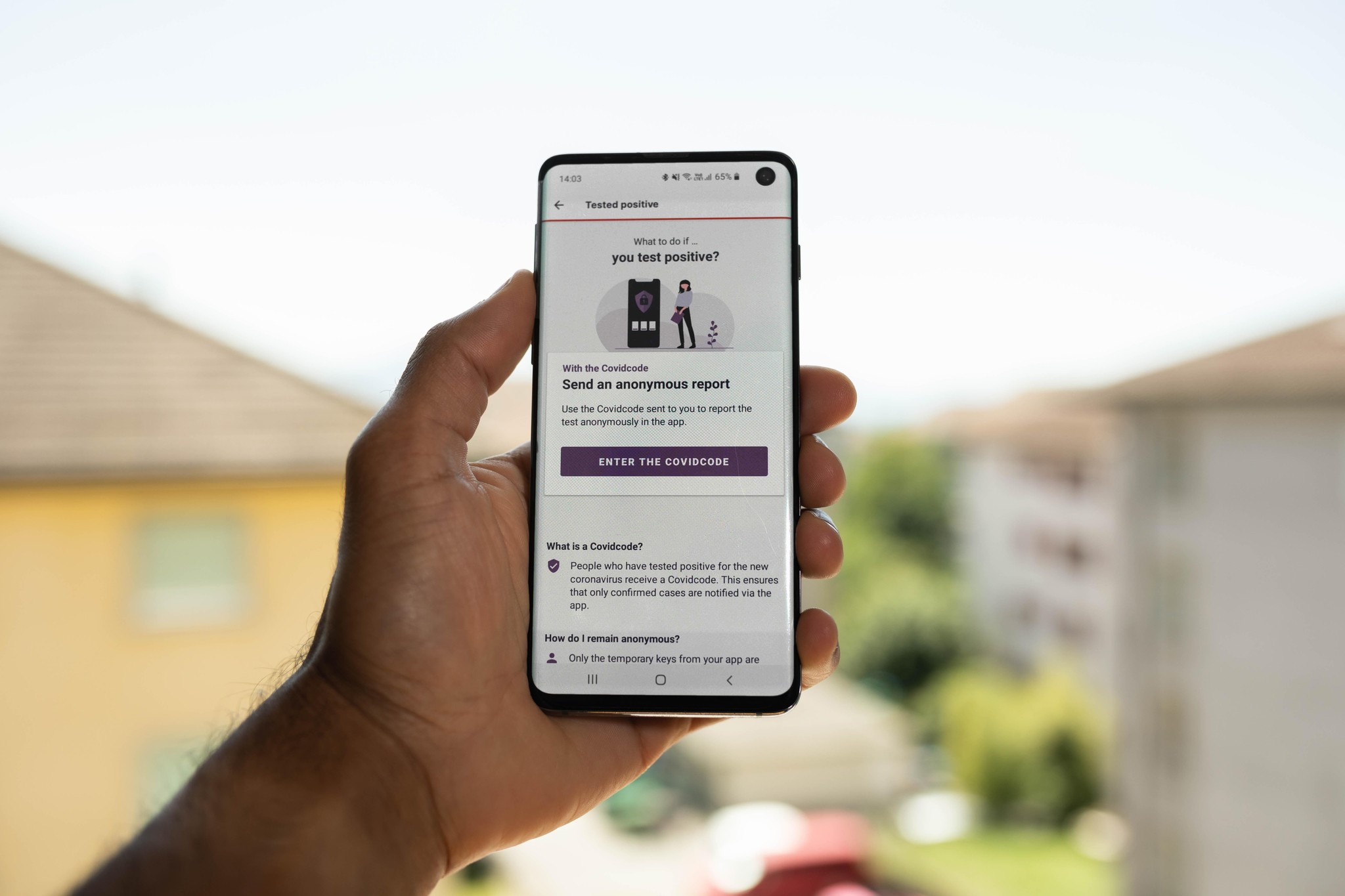A pilot of SwissCovid is now available to several thousand people in Switzerland.
What you need to know
- The first contact tracing app based on Apple and Google's technology has gone live.
- SwissCovid is now being piloted in Switzerland.
- It is available to several thousand employees at some hospitals, key workers, civil servants, and the army.
The very first contact tracing app powered by Google and Apple's exposure notification APIs has gone live in Switzerland.
As announced on Twitter by EPFL yesterday, 'SwissCovid' is now undertaking a large scale pilot, with hopes that it will pave the way for public availability by mid-June.
As of today, employees at @EPFL, @ETH_en, @vbs_ddps and some hospitals and cantonal administrations can download the digital proximity tracing application #SwissCovid. This large-scale pilot paves the way for public availability by mid-June. https://t.co/E9hl43g8Ca #COVID19 #DP3T pic.twitter.com/Yqrags7zMg
— EPFL (@EPFL_en) May 25, 2020
In an announcement the institute stated:
Several thousand people in Switzerland can now download "SwissCovid", the official application for tracing contacts at risk of transmission of COVID-19, if they wish. "This is the first time that the operating system updates from Google and Apple enable its deployment and testing on such a large scale," says Professor Edouard Bugnion, Vice-President for Information Systems at EPFL. He was at the heart of discussions with Google and Apple to have them adopt the "DP3T" protocol led by the two Swiss Federal Institutes of Technology. Alfredo Sanchez, project manager, notes that "this gives a great responsibility to the Swiss testers, as many other countries intend to adopt the same protocol later on."
One important footnote is that whilst the pilot is ongoing, the Swiss parliament will deliberate revisions to the law on epidemics. MPs must debate and approve the scheme before it is offered to the public, however recent research has suggested that as many as 70% of Swiss residents support the scheme.
This is the first large-scale testing of an app that uses Apple and Google's exposure notification technology. As per the two companies' stipulations, the operation is also decentralized:
SwissCovid operates in a "decentralized" way, which means that the operations that are essential from a privacy point of view are not carried out on a centralized server, but on each phone. The app uses Bluetooth to exchange and record the ephemeral proximity identifiers of other phones in the vicinity. These identifiers are kept on the phone unless a person is tested positive for COVID-19. In that case, their doctor will give them a single-use code that allows them to voluntarily share the ephemeral keys on their own phone that correspond to the days when the person was contagious. These keys are sent to a server managed by the Swiss administration.

Tidak ada komentar:
Posting Komentar